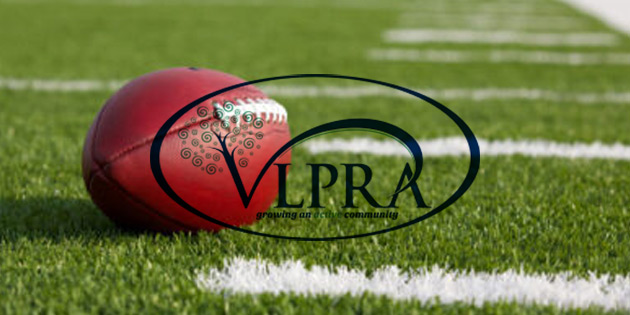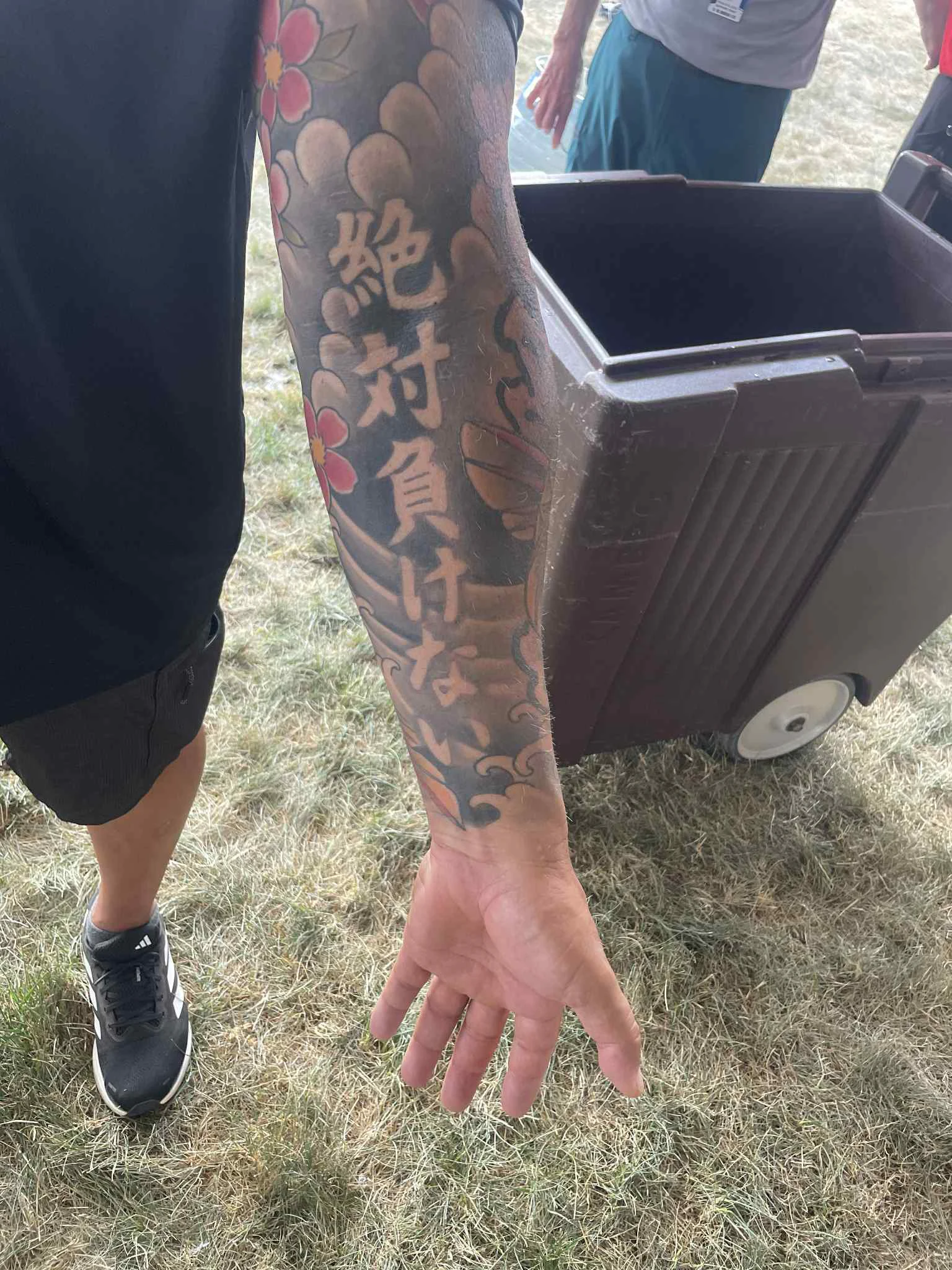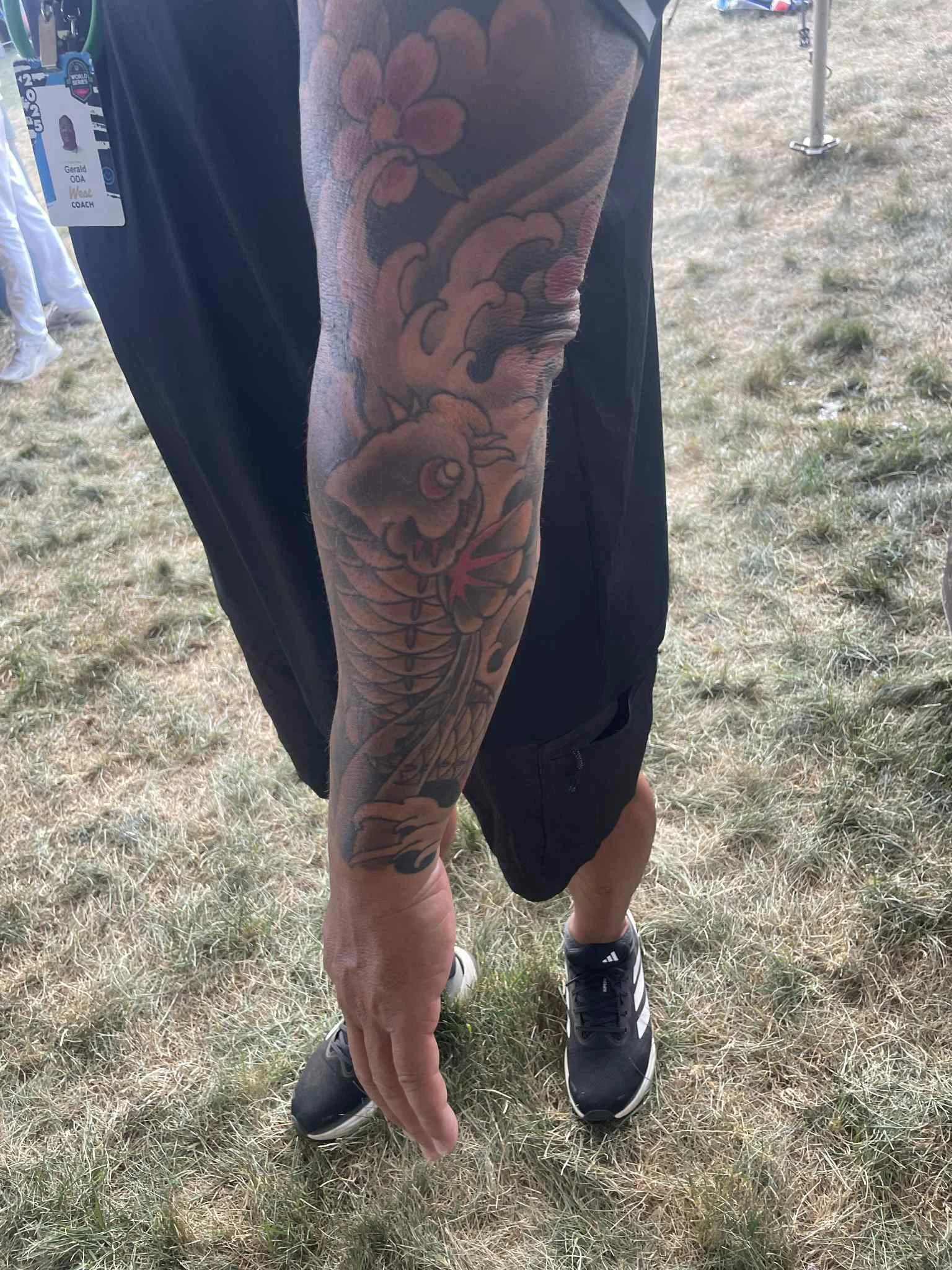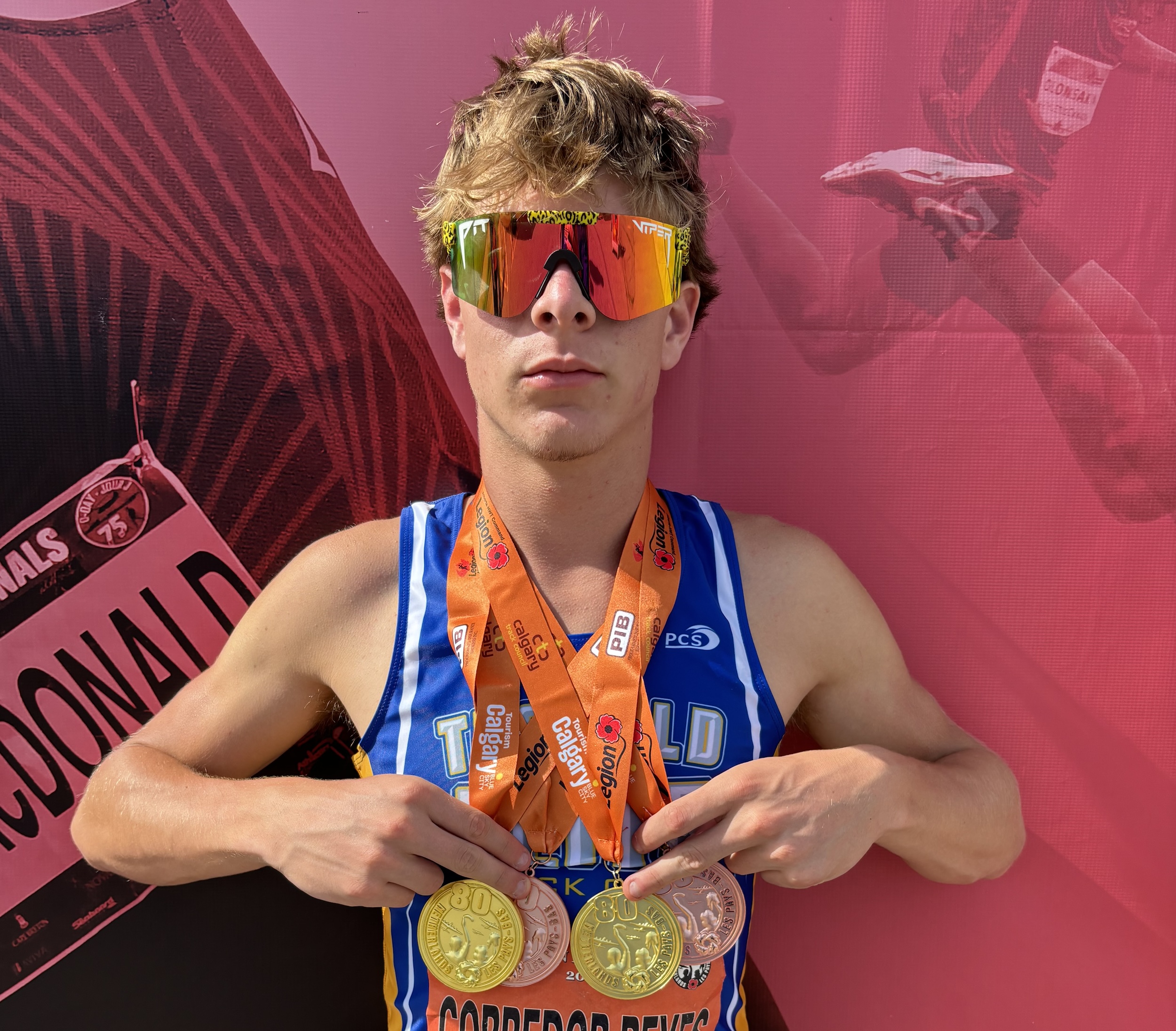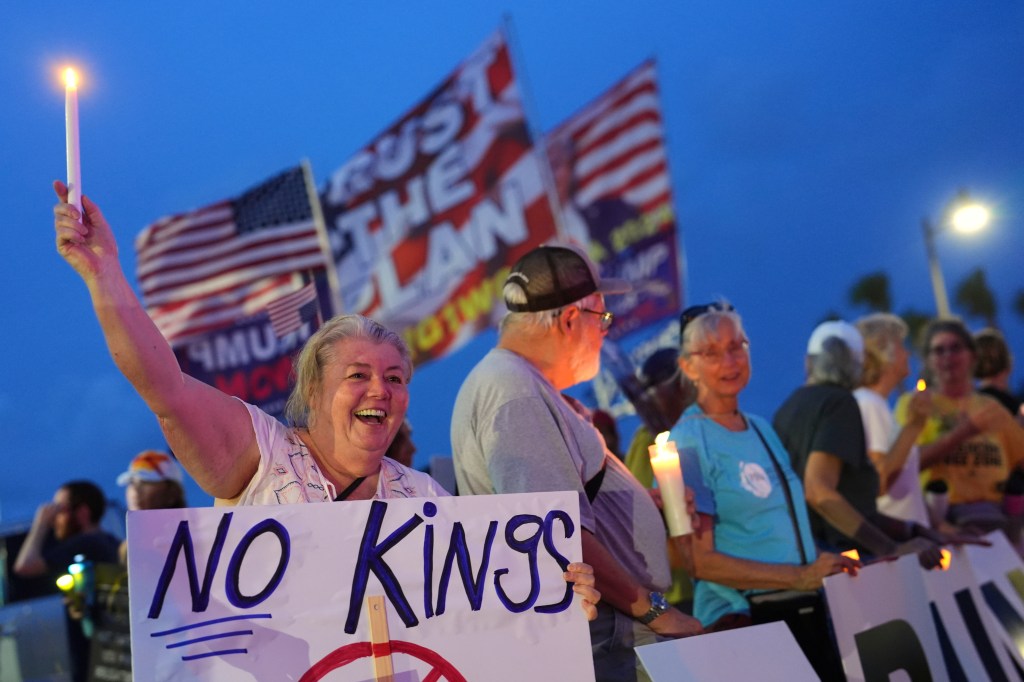Volf, K. et al. Evidence of the impact of sport policies on physical activity and sport participation: a systematic mixed studies review. Int. J. Sport Policy Politics. 14, 697–712. https://doi.org/10.1080/19406940.2022.2127835 (2022).
Article
Google Scholar
Agata, K. & Monyeki, M. A. Association between sport participation, body composition, physical fitness, and social correlates among adolescents: the PAHL study. Int. J. Environ. Res. Public. Health 15 (2018).
Bull, F. C. et al. World health organization 2020 guidelines on physical activity and sedentary behaviour. Br. J. Sports Med. 54, 1451–1462. https://doi.org/10.1136/bjsports-2020-102955 (2020).
Article
PubMed
Google Scholar
Andrade, C. Physical exercise and health, 2: benefits associated with different levels and patterns of activity. J. Clin. Psychiatry. 84 https://doi.org/10.4088/JCP.23f15110 (2023).
Barbry, A., Carton, A., Ovigneur, H. & Coquart, J. Relationships between sports club participation and physical fitness and body mass index in childhood. J. Sports Med. Phys. Fit. 62, 931–937. https://doi.org/10.23736/s0022-4707.21.12643-x (2022).
Article
Google Scholar
Janssen, A. et al. Cardiorespiratory fitness, muscular fitness and mental health in older adolescents: A multi-level cross-sectional analysis. Prev. Med. 132, 105985. https://doi.org/10.1016/j.ypmed.2020.105985 (2020).
Article
PubMed
Google Scholar
Åvitsland, A. et al. The association between physical fitness and mental health in Norwegian adolescents. BMC Public. Health. 20, 776. https://doi.org/10.1186/s12889-020-08936-7 (2020).
Article
PubMed
PubMed Central
Google Scholar
Bermejo-Cantarero, A. et al. Relationship between both cardiorespiratory and muscular fitness and health-related quality of life in children and adolescents: a systematic review and meta-analysis of observational studies. Health Qual. Life Outcomes. 19, 127. https://doi.org/10.1186/s12955-021-01766-0 (2021).
Article
PubMed
PubMed Central
Google Scholar
Ługowska, K., Kolanowski, W. & Trafialek, J. Increasing physical activity at school improves physical fitness of early adolescents. Int. J. Environ. Res. Public. Health. 20 https://doi.org/10.3390/ijerph20032348 (2023).
Guthold, R., Stevens, G. A., Riley, L. M. & Bull, F. C. Global trends in insufficient physical activity among adolescents: a pooled analysis of 298 population-based surveys with 1·6 million participants. Lancet Child. Adolesc. Health. 4, 23–35. https://doi.org/10.1016/s2352-4642(19)30323-2 (2020).
Article
PubMed
PubMed Central
Google Scholar
Iannotti, R. J. & Wang, J. Trends in physical activity, sedentary behavior, diet, and BMI among US adolescents, 2001–2009. Pediatrics 132, 606–614. https://doi.org/10.1542/peds.2013-1488 (2013).
Article
PubMed
PubMed Central
Google Scholar
Mitchell, J. Physical inactivity in childhood from preschool to adolescence. ACSMs Health Fit. J. 23, 21–25. https://doi.org/10.1249/fit.0000000000000507 (2019).
Article
PubMed
PubMed Central
Google Scholar
Nelson, M. C., Neumark-Stzainer, D., Hannan, P. J., Sirard, J. R. & Story, M. Longitudinal and secular trends in physical activity and sedentary behavior during adolescence. Pediatrics 118, e1627–1634. https://doi.org/10.1542/peds.2006-0926 (2006).
Article
PubMed
Google Scholar
Lacy, K. E. et al. Screen time and physical activity behaviours are associated with health-related quality of life in Australian adolescents. Qual. Life Res. 21, 1085–1099. https://doi.org/10.1007/s11136-011-0014-5 (2012).
Article
PubMed
Google Scholar
van Sluijs, E. M. F. et al. Physical activity behaviours in adolescence: current evidence and opportunities for intervention. Lancet 398, 429–442. https://doi.org/10.1016/s0140-6736(21)01259-9 (2021).
Article
PubMed
PubMed Central
Google Scholar
Wilhite, K. et al. Combinations of physical activity, sedentary behavior, and sleep duration and their associations with physical, psychological, and educational outcomes in children and adolescents: A systematic review. Am. J. Epidemiol. 192, 665–679. https://doi.org/10.1093/aje/kwac212 (2023).
Article
PubMed
Google Scholar
Saunders, T. J. et al. Combinations of physical activity, sedentary behaviour and sleep: relationships with health indicators in school-aged children and youth. Appl. Physiol. Nutr. Metab. 41, 283–293. https://doi.org/10.1139/apnm-2015-0626 (2016).
Article
Google Scholar
Chen, P. et al. Physical activity and health in Chinese children and adolescents: expert consensus statement (2020). Br. J. Sports Med. 54, 1321–1331. https://doi.org/10.1136/bjsports-2020-102261 (2020).
Article
PubMed
Google Scholar
Hu, D., Zhou, S., Crowley-McHattan, Z. J. & Liu, Z. Factors that influence participation in physical activity in School-Aged children and adolescents: A systematic review from the social ecological model perspective. Int. J. Environ. Res. Public. Health. 18 https://doi.org/10.3390/ijerph18063147 (2021).
Warmath, C. R. et al. Child, family and household characteristics associated with physical activity in Samoan children aged 3–8 years: A cross-sectional study. PLoS Glob Public. Health. 4, e0002886. https://doi.org/10.1371/journal.pgph.0002886 (2024).
Article
PubMed
PubMed Central
Google Scholar
Kiyani, T. et al. Individual, interpersonal, and organizational factors affecting physical activity of school adolescents in Pakistan. Int. J. Environ. Res. Public. Health. 18 https://doi.org/10.3390/ijerph18137011 (2021).
Abdelghaffar, E. A., Hicham, E. K., Siham, B., Samira, E. F. & Youness, E. A. Perspectives of adolescents, parents, and teachers on barriers and facilitators of physical activity among school-age adolescents: a qualitative analysis. Environ. Health Prev. Med. 24, 21. https://doi.org/10.1186/s12199-019-0775-y (2019).
Article
PubMed
PubMed Central
Google Scholar
Sell, L., Brandes, B., Brandes, M., Zeeb, H. & Busse, H. Determinants promoting and hindering physical activity in primary school children in germany: a qualitative study with students, teachers and parents. Front. Public. Health. 12, 1280893. https://doi.org/10.3389/fpubh.2024.1280893 (2024).
Article
PubMed
PubMed Central
Google Scholar
Sheridan, D., Coffee, P. & Lavallee, D. A systematic review of social support in youth sport. Int. Rev. Sport Exerc. Psychol. 7, 198–228. https://doi.org/10.1080/1750984X.2014.931999 (2014).
Article
Google Scholar
Howie, E. K., Daniels, B. T. & Guagliano, J. M. Promoting physical activity through youth sports programs: it’s social. Am. J. Lifestyle Med. 14, 78–88. https://doi.org/10.1177/1559827618754842 (2020).
Article
PubMed
Google Scholar
Cozett, C., Bassett, S. H. & Leach L. L.
Müller, A. et al. Correlations between physical fitness and body composition among boys aged 14-18-Conclusions of a case study to reverse the worsening secular trend in fitness among urban youth due to sedentary lifestyles. Int. J. Environ. Res. Public. Health. 19 https://doi.org/10.3390/ijerph19148765 (2022).
Schilling, R., Schmidt, S. C. E., Fiedler, J. & Woll, A. Associations between physical activity, physical fitness, and body composition in adults living in germany: A cross-sectional study. PLOS ONE. 18, e0293555. https://doi.org/10.1371/journal.pone.0293555 (2023).
Article
CAS
PubMed
PubMed Central
Google Scholar
Spruijtenburg, G. E. et al. Factors related to adolescents’ participation in organized sports. Int. J. Environ. Res. Public. Health. 19 https://doi.org/10.3390/ijerph192315872 (2022).
Knight, C., Dorsch, T., Osai, K., Haderlie, K. & Sellars, P. Influences on parental involvement in youth sport. Sport Exerc. Perform. Psychol. 5 https://doi.org/10.1037/spy0000053 (2016).
Su, D. L. Y. et al. Parental influence on child and adolescent physical activity level: A Meta-Analysis. Int. J. Environ. Res. Public. Health. 19 https://doi.org/10.3390/ijerph192416861 (2022).
Region, S. B. o. t. G. o. t. M. S. A. Report on Physical Fitness Monitoring of Macao SAR Citizens in 2020, (2020). https://www.sport.gov.mo/zh/subsites/citizen_health/nid/119
(CNPFMC). C. N. P. F. M. C. Bulletin of the Survey on the Status of Fitness Activities for All in 2020, https://www.ciss.cn/zhxw/info/2021/32027.html (.
Pan, X. et al. Influence of family environment on the scientific fitness literacy of preschool and school children in china: A National Cross-Sectional study. Int. J. Environ. Res. Public. Health. 19 https://doi.org/10.3390/ijerph19148319 (2022).
Gao, W. et al. Compliance with health-related behaviors guidelines and its relationship with multiple factors in preschool children aged 3–6 years: A National Cross-Sectional survey in China. Int. J. Environ. Res. Public. Health. 19 https://doi.org/10.3390/ijerph19031262 (2022).
Zhang, F. et al. Physical fitness reference standards for Chinese children and adolescents. Sci. Rep. 11, 4991. https://doi.org/10.1038/s41598-021-84634-7 (2021).
Article
ADS
CAS
PubMed
PubMed Central
Google Scholar
Li, C., Taerken, A. Y., Li, Q., Selimu, A. & Wang, H. Secular trends in physical fitness of rural Chinese children and adolescents aged 7–18 years from 1985 to 2019. Sci. Rep. 13, 4229. https://doi.org/10.1038/s41598-023-31190-x (2023).
Article
ADS
CAS
PubMed
PubMed Central
Google Scholar
(CNPFMC). C. N. P. F. M. C. National physical fitness measurement standards (Revised 2023), (2023). https://www.ciss.cn/tzgg/info/2023/32672.html
Chen, P. Physical activity, physical fitness, and body mass index in the Chinese child and adolescent populations: an update from the 2016 physical activity and fitness in China-The youth study. J. Sport Health Sci. 6, 381–383. https://doi.org/10.1016/j.jshs.2017.09.011 (2017).
Article
PubMed
PubMed Central
Google Scholar
Chen, W., Hammond-Bennett, A., Hypnar, A. & Mason, S. Health-related physical fitness and physical activity in elementary school students. BMC Public. Health. 18, 195. https://doi.org/10.1186/s12889-018-5107-4 (2018).
Article
PubMed
PubMed Central
Google Scholar
Cahill, S. M., Egan, B. E. & Seber, J. Activity- and Occupation-Based interventions to support mental health, positive behavior, and social participation for children and youth: A systematic review. Am. J. Occup. Ther. 74, 7402180020p7402180021–7402180020p7402180028. https://doi.org/10.5014/ajot.2020.038687 (2020).
Article
Google Scholar
Wang, G. et al. The effect of different physical exercise programs on physical fitness among preschool children: A Cluster-Randomized controlled trial. Int. J. Environ. Res. Public. Health. 20 https://doi.org/10.3390/ijerph20054254 (2023).
Masanovic, B. et al. Trends in physical fitness among School-Aged children and adolescents: A systematic review. Front. Pead. 8 https://doi.org/10.3389/fped.2020.627529 (2020).
Zhang, S., Li, C., Tarken, A. Y. & Li, W. Secular trends in motor abilities of Xinjiang children and adolescents aged 7–18 years from 1985 to 2019. Front. Public. Health. 12 https://doi.org/10.3389/fpubh.2024.1419728 (2024).
Liu, N. & Zhong, Q. The impact of sports participation on individuals’ subjective well-being: the mediating role of class identity and health. Humanit. Social Sci. Commun. 10, 544. https://doi.org/10.1057/s41599-023-02064-4 (2023).
Article
Google Scholar
Ohashi, M. M., Sawaumi, T., Iume, Y. & Togo, E. Factors determining implicit attitudes toward sports and exercise: desirability and enjoyment. Discover Psychol. 3, 10. https://doi.org/10.1007/s44202-023-00073-7 (2023).
Article
Google Scholar
Choi, J., Lee, M., Lee, J., Kang, D. & Choi, J. Y. Correlates associated with participation in physical activity among adults: a systematic review of reviews and update. BMC Public. Health. 17, 356. https://doi.org/10.1186/s12889-017-4255-2 (2017).
Article
PubMed
PubMed Central
Google Scholar
Hopkins, C. S., Hopkins, C., Kanny, S. & Watson, A. A. Systematic review of factors associated with sport participation among adolescent females. Int. J. Environ. Res. Public. Health. 19 https://doi.org/10.3390/ijerph19063353 (2022).
Yu, G. & Song, Y. What affects sports participation and life satisfaction among urban residents?? The role of Self-Efficacy and motivation. Front. Psychol. 13, 884953. https://doi.org/10.3389/fpsyg.2022.884953 (2022).
Article
PubMed
PubMed Central
Google Scholar
Guan, J. & Tena, J. D. Physical activity, leisure-time, cognition and academic grades: connections and causal effects in Chinese students. J. Asian Econ. 78, 101423. https://doi.org/10.1016/j.asieco.2021.101423 (2022).
Article
Google Scholar
Hoffmann, B. et al. High sedentary time in children is not only due to screen media use: a cross-sectional study. BMC Pediatr. 19, 154. https://doi.org/10.1186/s12887-019-1521-8 (2019).
Article
PubMed
PubMed Central
Google Scholar
Dahlgren, A., Sjöblom, L., Eke, H. & Bonn, S. E. Trolle lagerros, Y. Screen time and physical activity in children and adolescents aged 10–15 years. PLoS One. 16, e0254255. https://doi.org/10.1371/journal.pone.0254255 (2021).
Article
CAS
PubMed
PubMed Central
Google Scholar
E, Y., Yang, J., Shen, Y., Quan, X. & Physical activity screen time, and academic burden: A cross-sectional analysis of health among Chinese adolescents. Int. J. Environ. Res. Public. Health. 20 https://doi.org/10.3390/ijerph20064917 (2023).
Jain, S., Shrivastava, S., Mathur, A., Pathak, D. & Pathak, A. Prevalence and determinants of excessive screen viewing time in children aged 3–15 years and its effects on physical activity, sleep, eye symptoms and headache. Int. J. Environ. Res. Public. Health. 20 https://doi.org/10.3390/ijerph20043449 (2023).
Stiglic, N. & Viner, R. M. Effects of screentime on the health and well-being of children and adolescents: a systematic review of reviews. BMJ Open. 9, e023191. https://doi.org/10.1136/bmjopen-2018-023191 (2019).
Article
PubMed
PubMed Central
Google Scholar
Lucas, A. R. et al. The role of motivation on physical activity and screen time behaviors among parent-adolescent dyads: the FLASHE study. Prev. Med. 153, 106725. https://doi.org/10.1016/j.ypmed.2021.106725 (2021).
Article
CAS
PubMed
PubMed Central
Google Scholar
Visier-Alfonso, M. E. et al. Parents’ perceptions of children’s and adolescents’ use of electronic devices to promote physical activity: systematic review of qualitative evidence. JMIR Mhealth Uhealth. 11, e44753. https://doi.org/10.2196/44753 (2023).
Article
PubMed
PubMed Central
Google Scholar
Morton, K. L., Atkin, A. J., Corder, K., Suhrcke, M. & van Sluijs, E. M. The school environment and adolescent physical activity and sedentary behaviour: a mixed-studies systematic review. Obes. Rev. 17, 142–158. https://doi.org/10.1111/obr.12352 (2016).
Article
CAS
PubMed
Google Scholar
Bertills, K., Granlund, M., Dahlström, Ö. & Augustine, L. Relationships between physical education (PE) teaching and student self-efficacy, aptitude to participate in PE and functional skills: with a special focus on students with disabilities. Phys. Educ. Sport Pedagogy. 23, 387–401. https://doi.org/10.1080/17408989.2018.1441394 (2018).
Article
Google Scholar
Salvy, S. J. et al. Effect of peers and friends on youth physical activity and motivation to be physically active. J. Pediatr. Psychol. 34, 217–225. https://doi.org/10.1093/jpepsy/jsn071 (2009).
Article
PubMed
Google Scholar
Barkley, J. E. et al. Peer influence and physical activity behavior in young children: an experimental study. J. Phys. Act. Health. 11, 404–409. https://doi.org/10.1123/jpah.2011-0376 (2014).
Article
PubMed
Google Scholar
Zhou, Z., Li, X. & Zhang, Z. The peer effect in promoting physical activity among adolescents: evidence from the China education panel survey. Int. J. Environ. Res. Public. Health 20 (2023).







